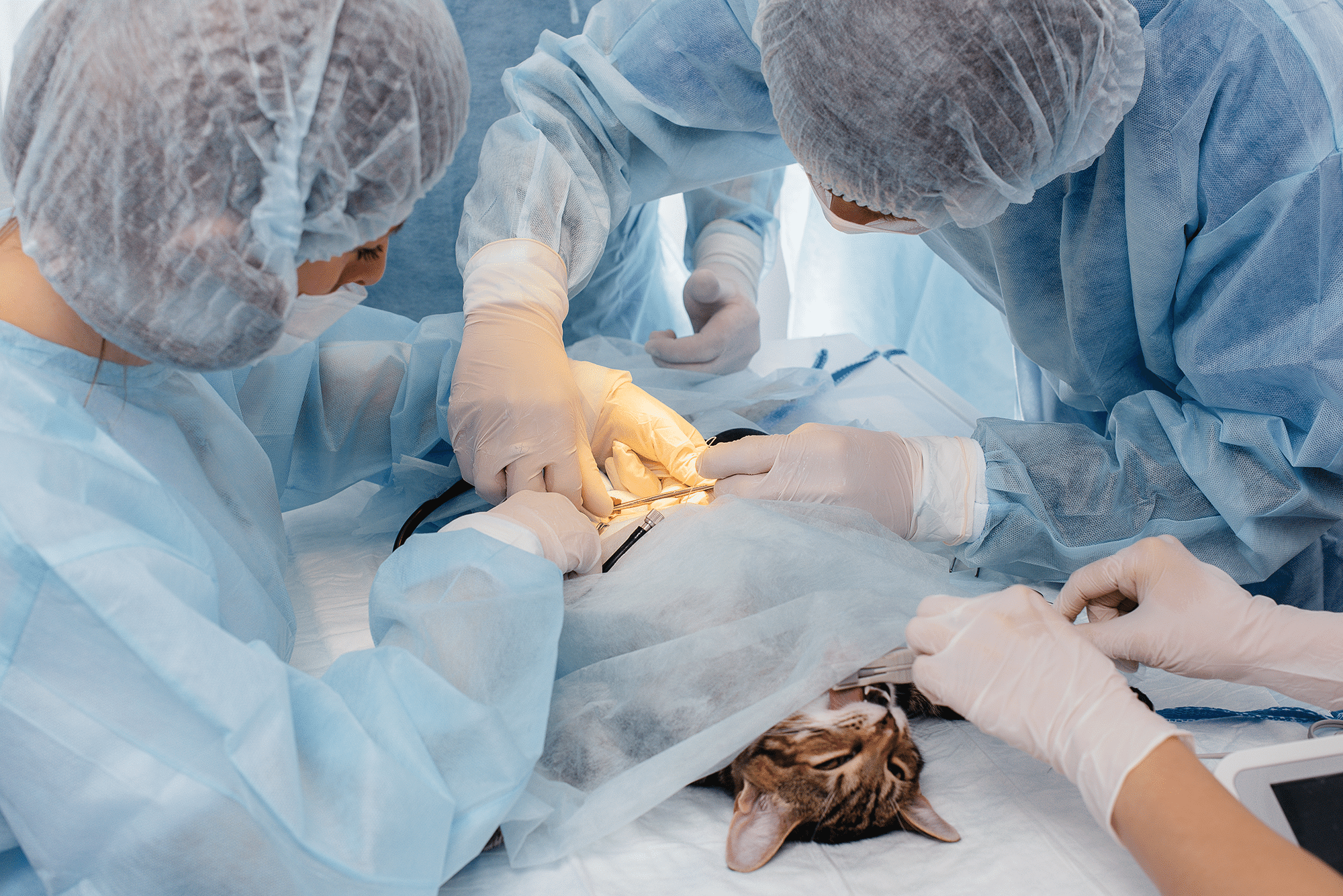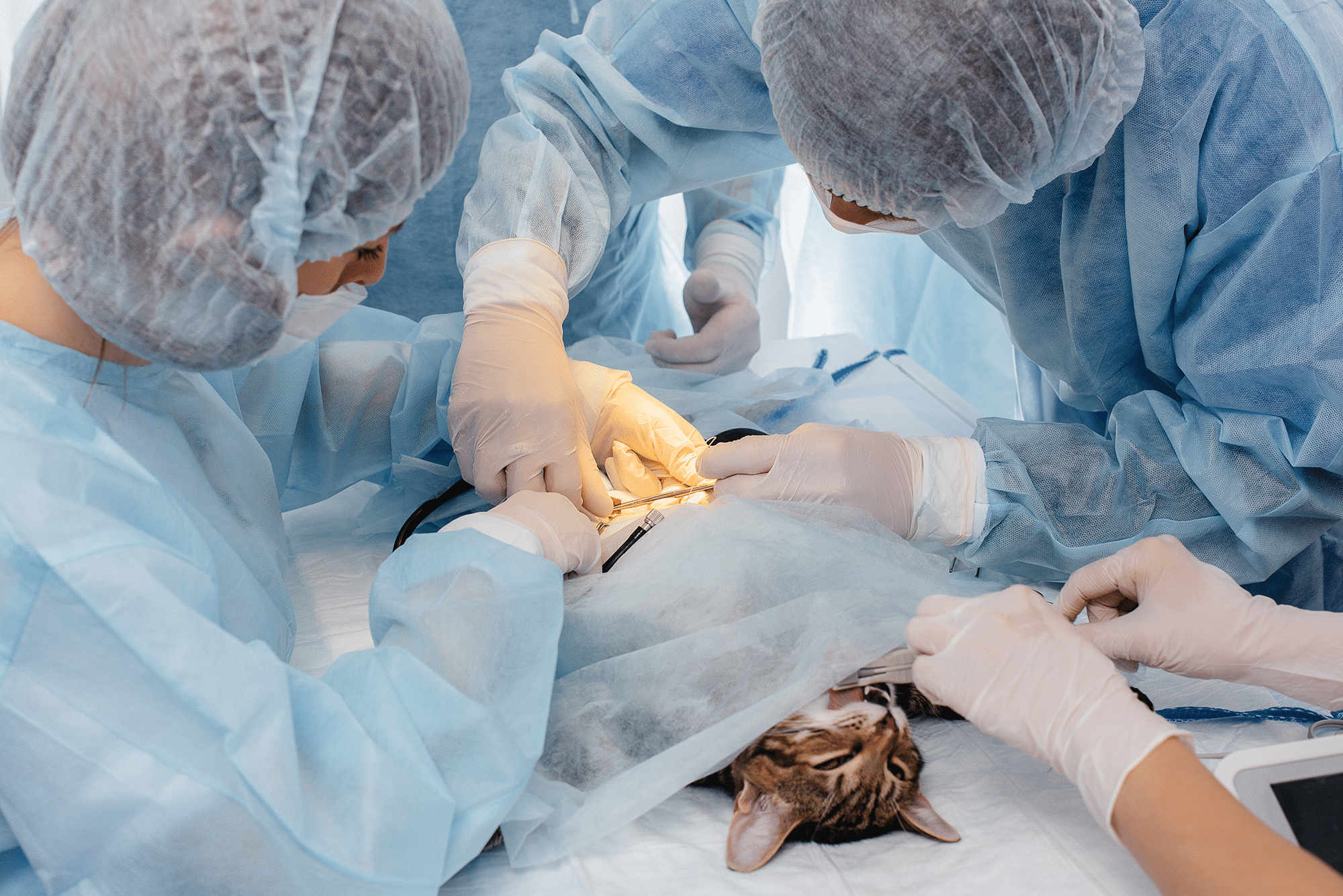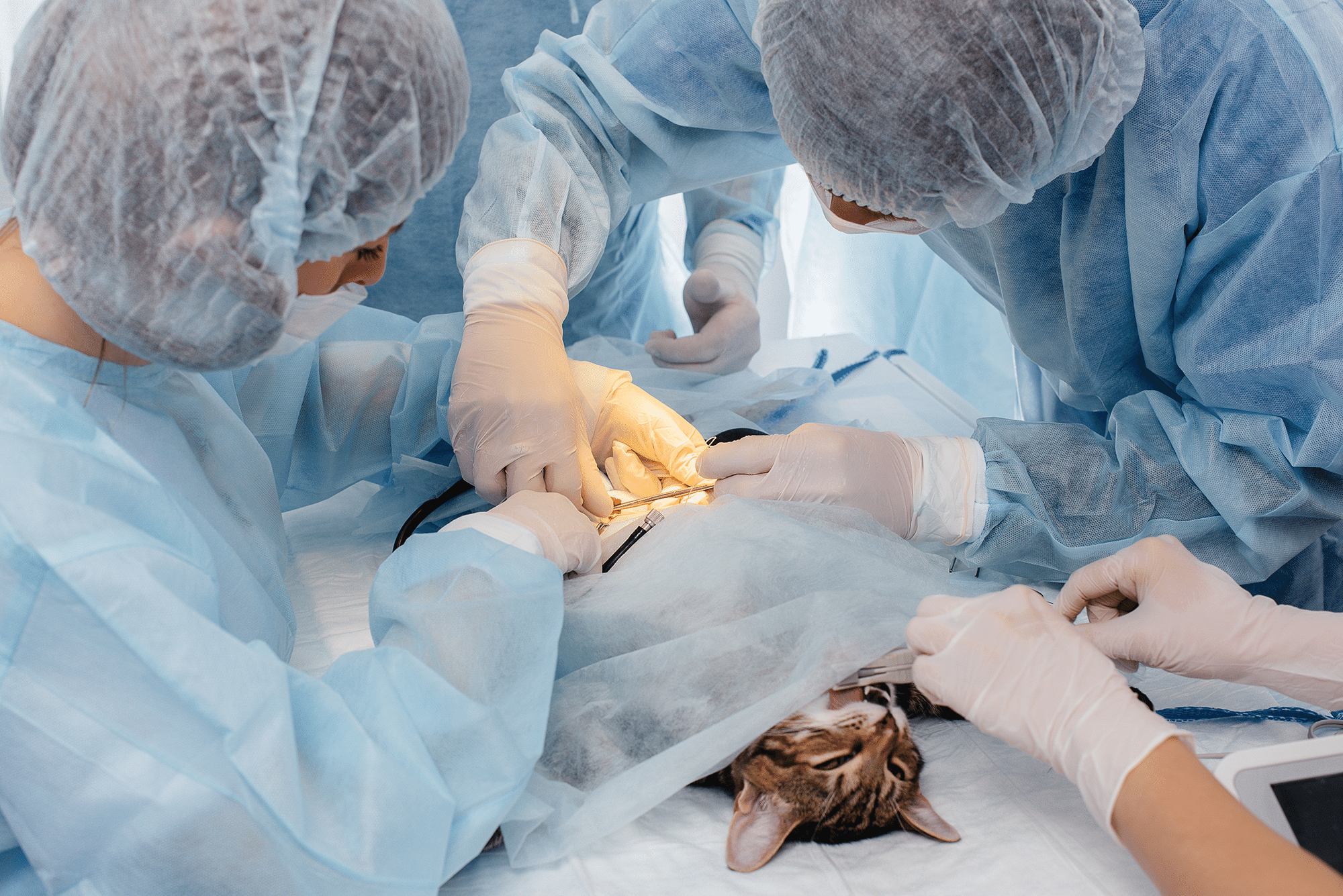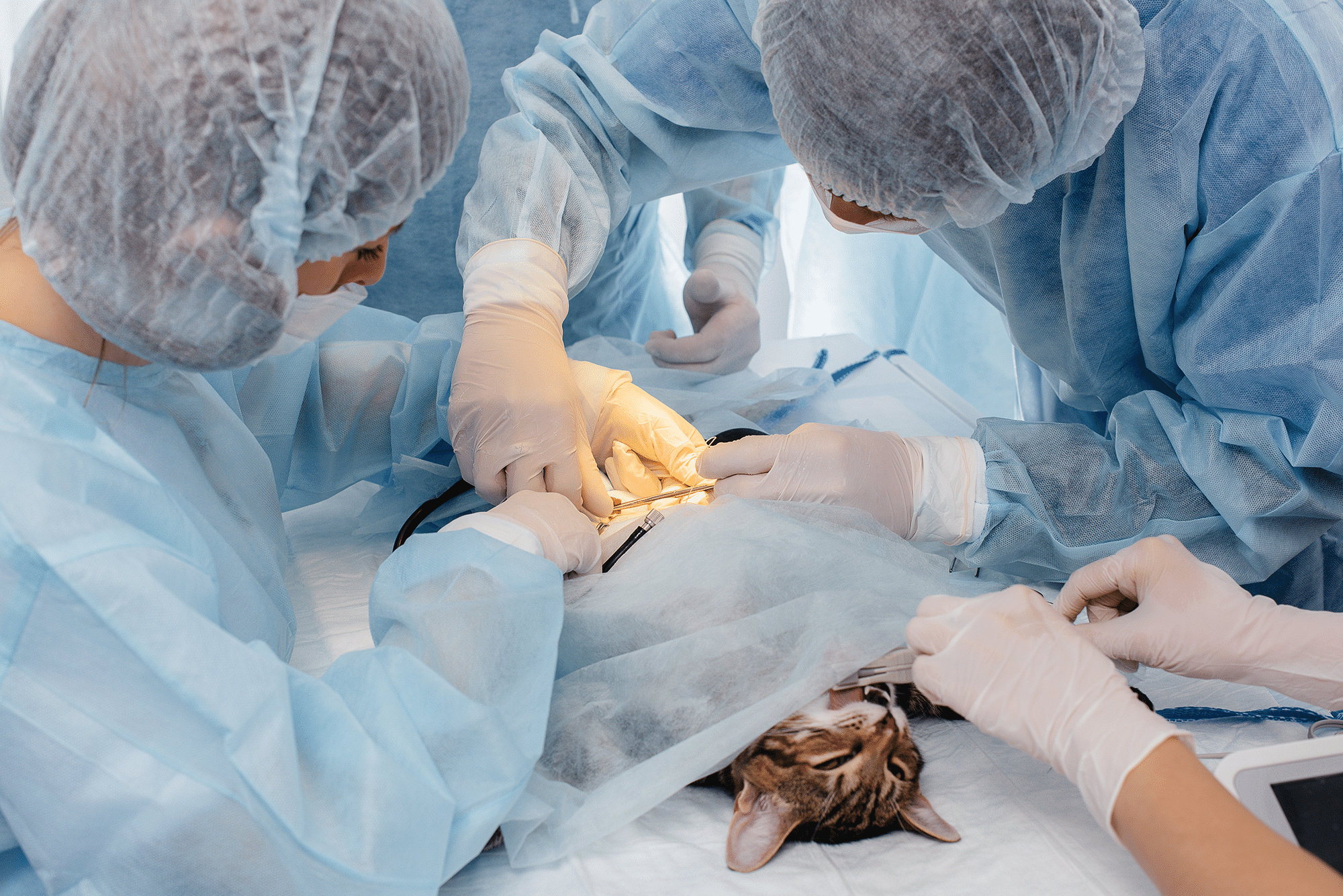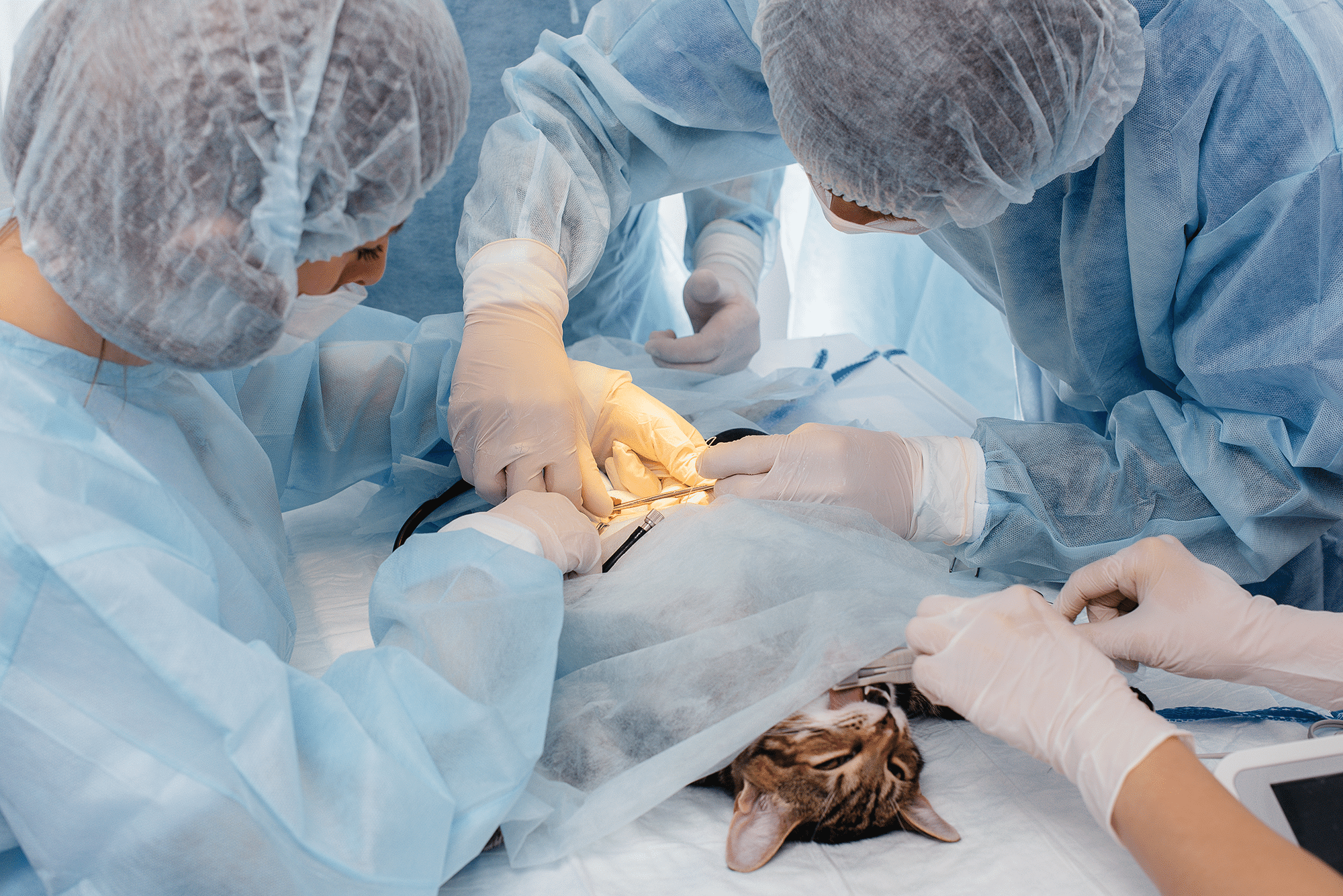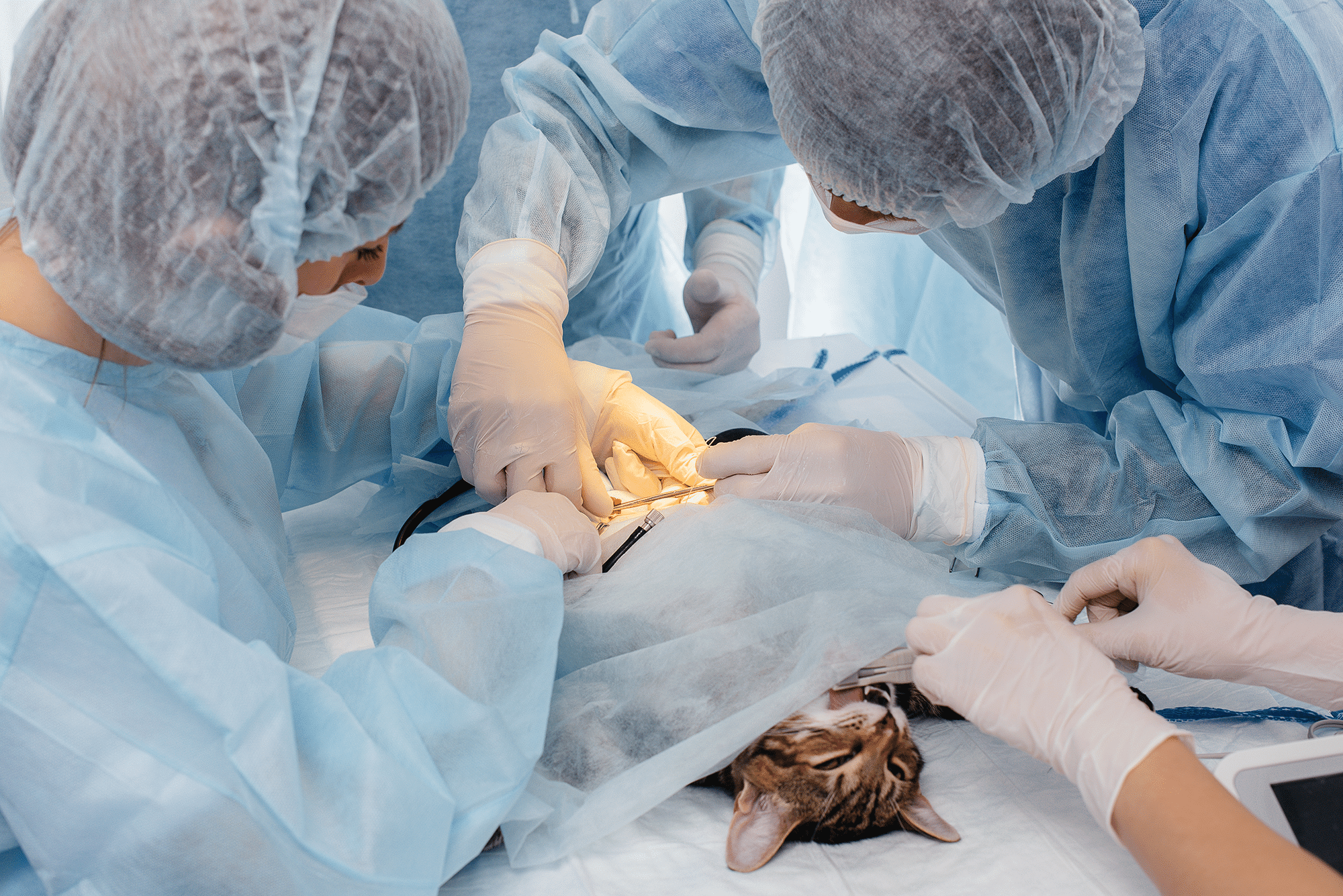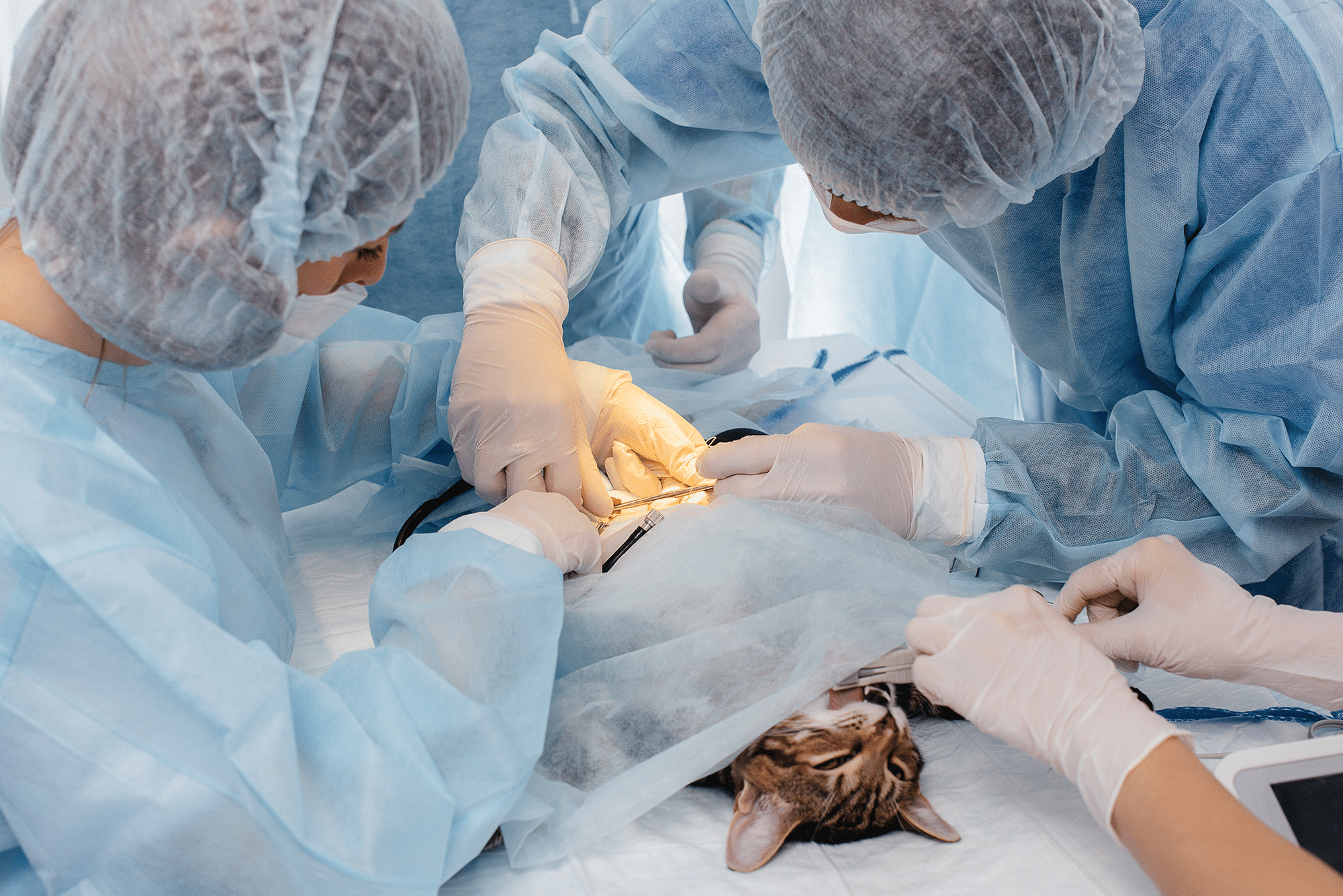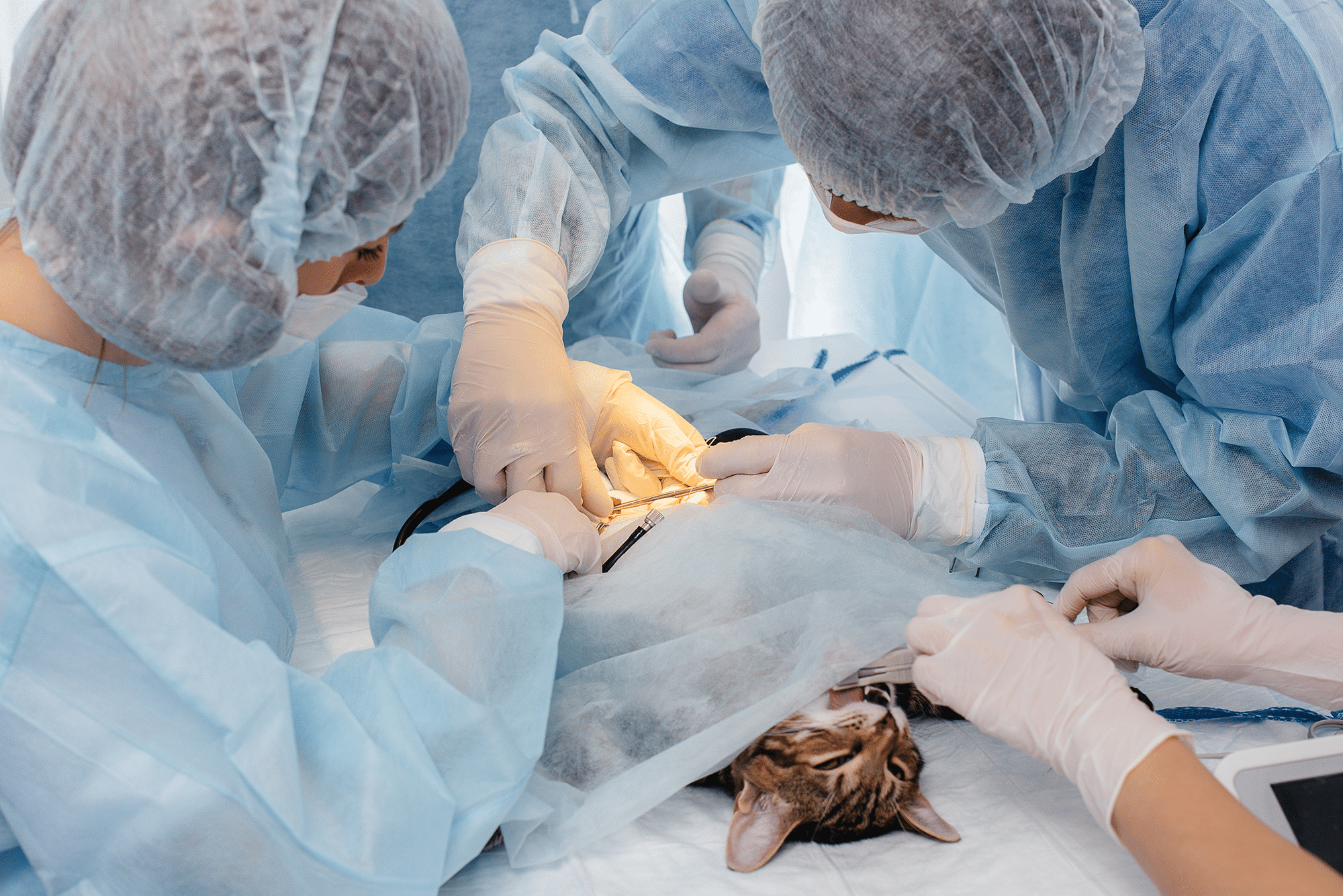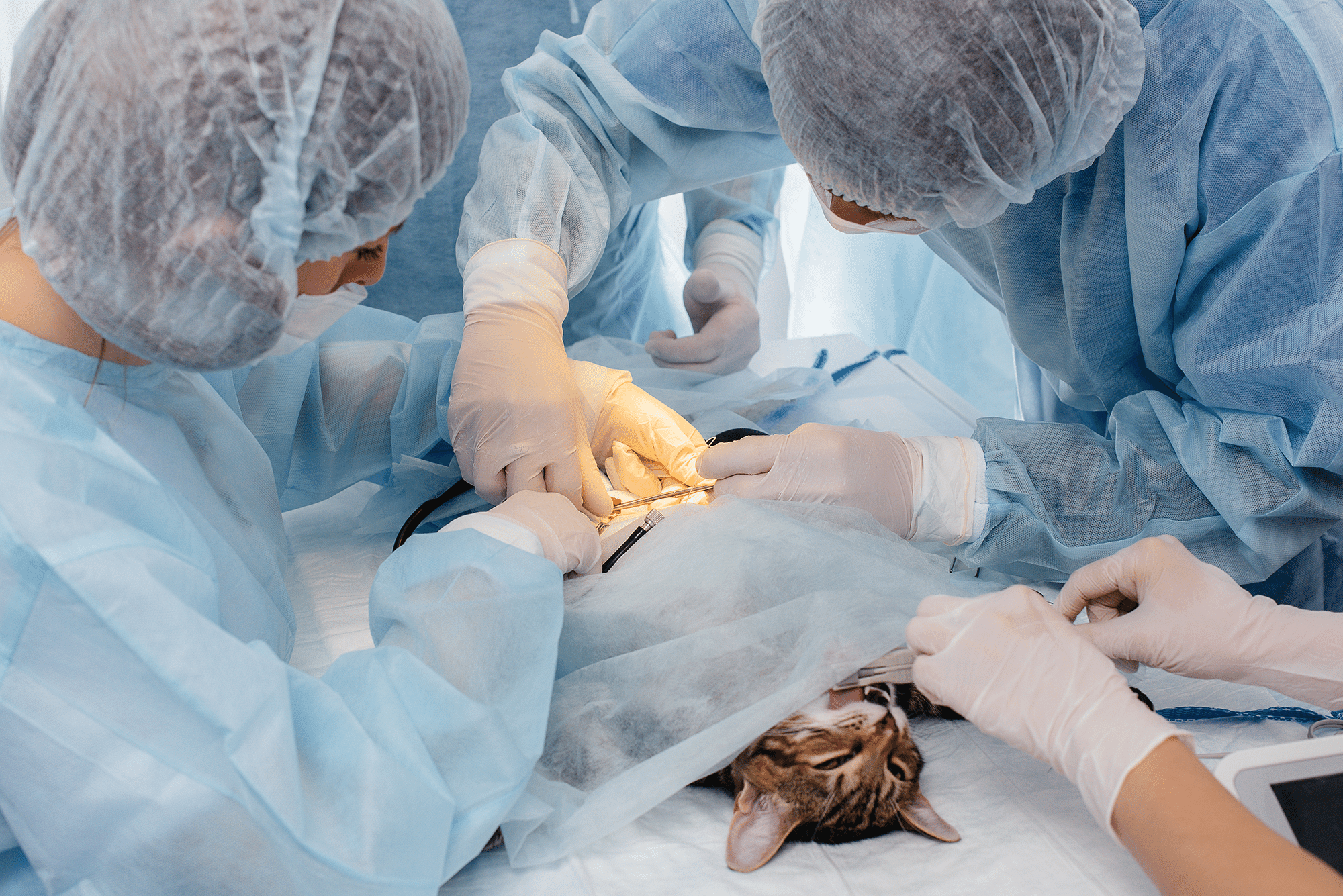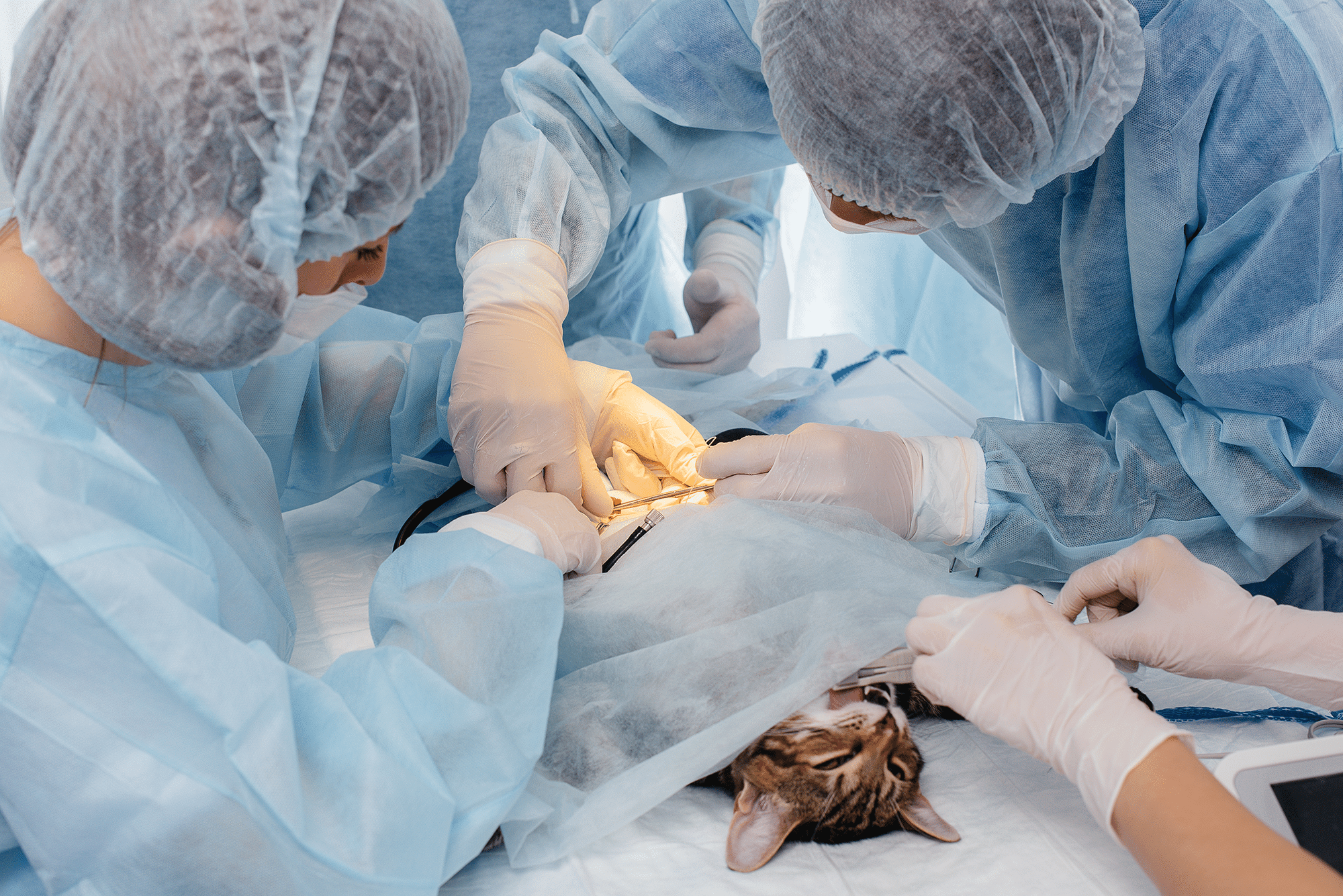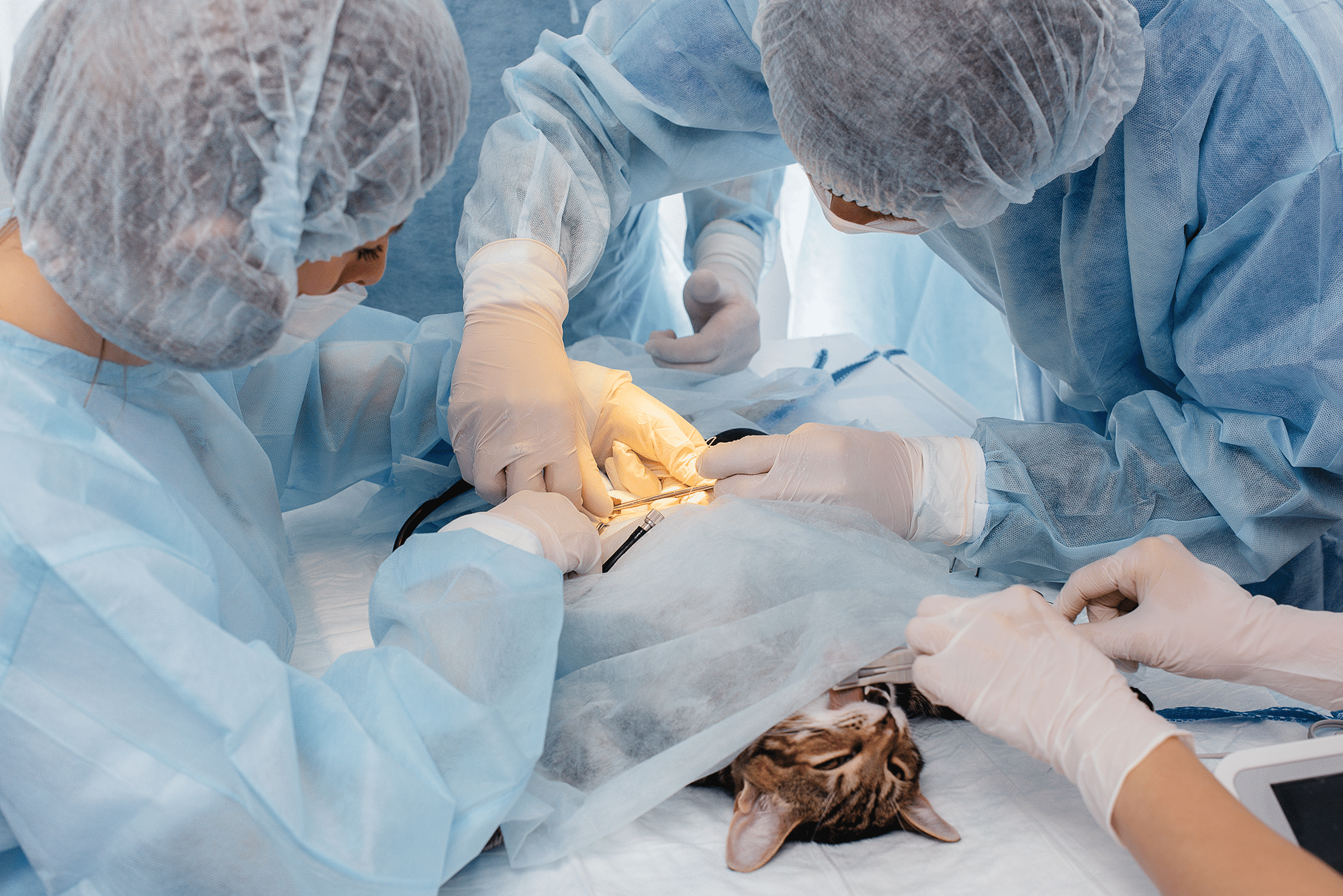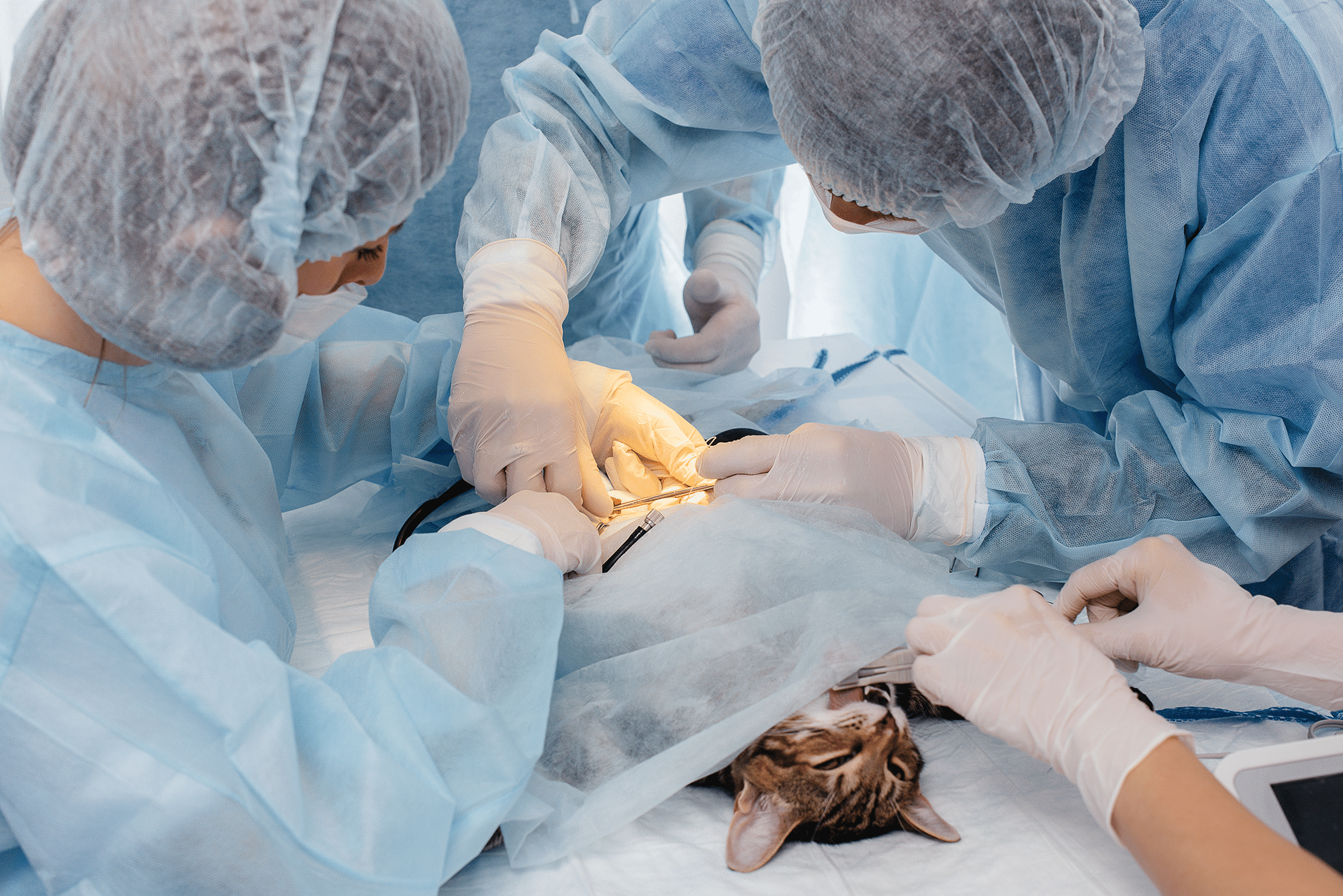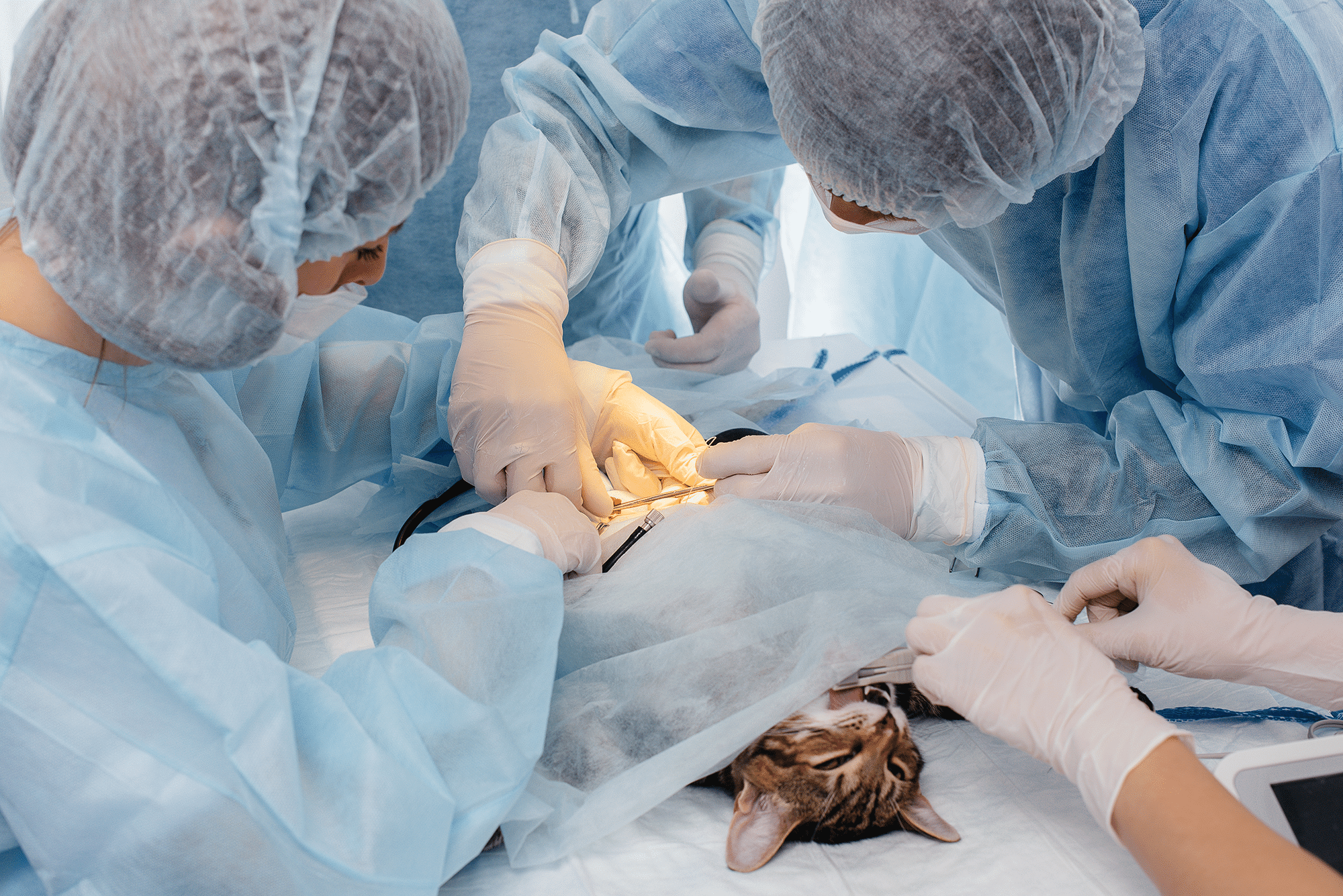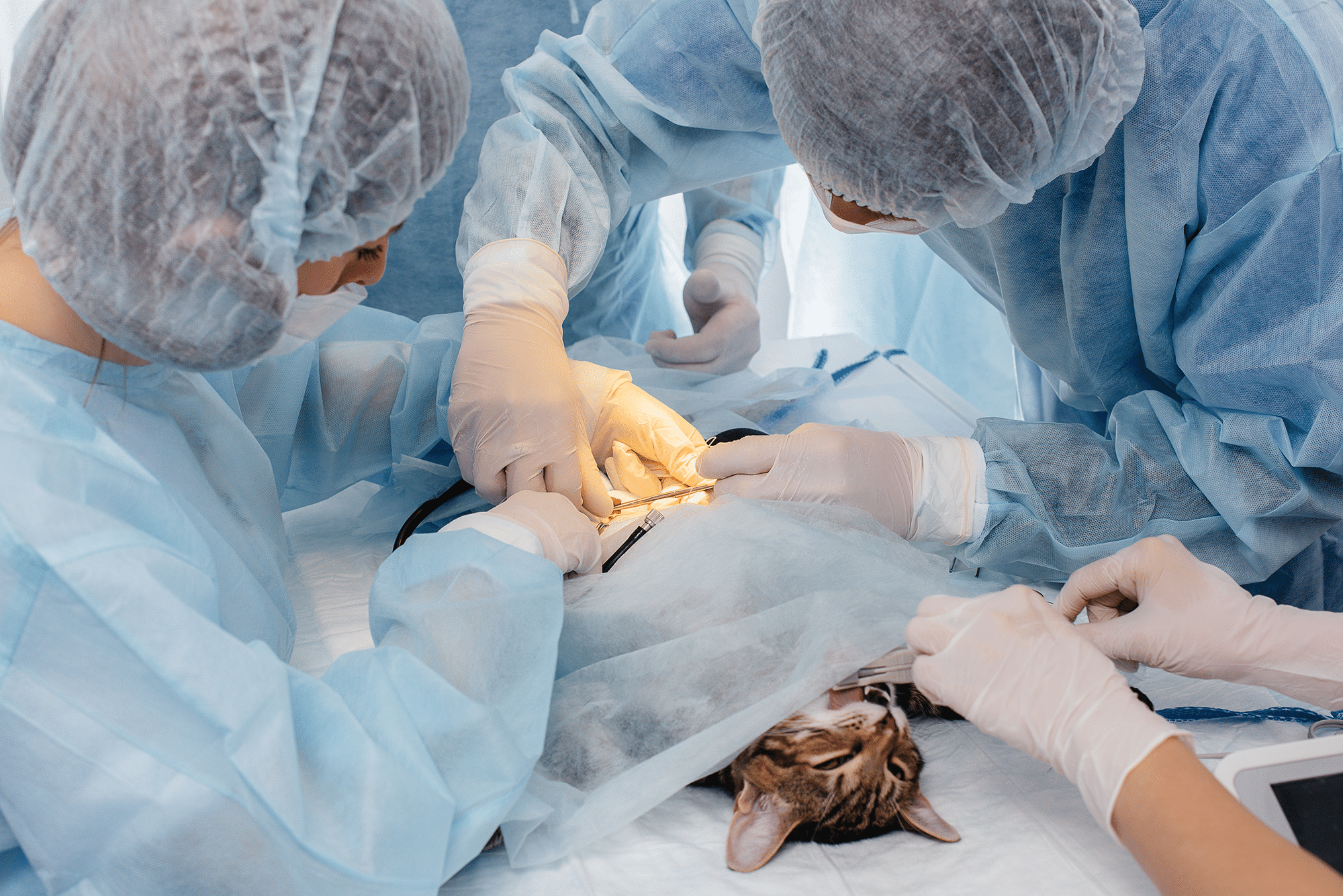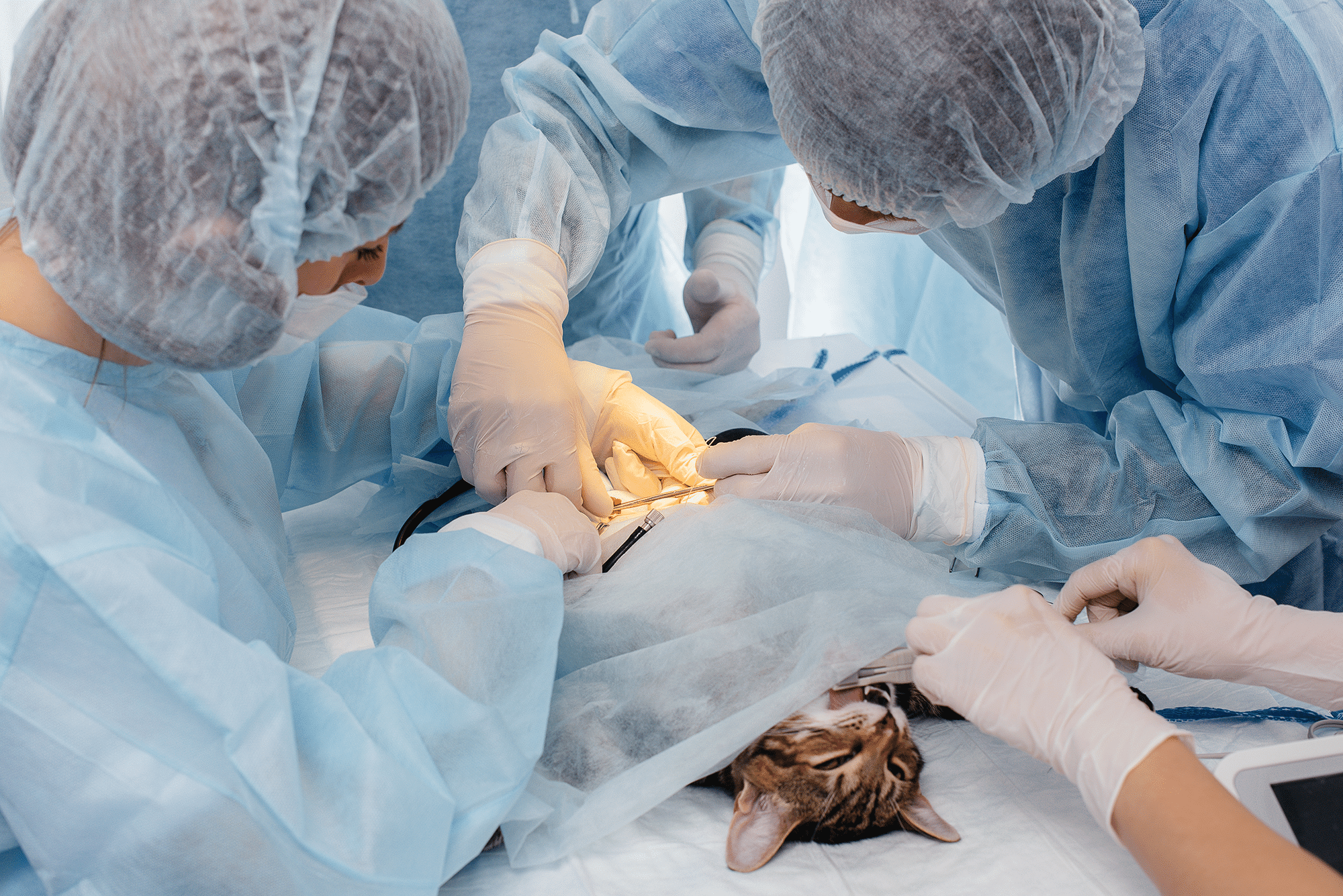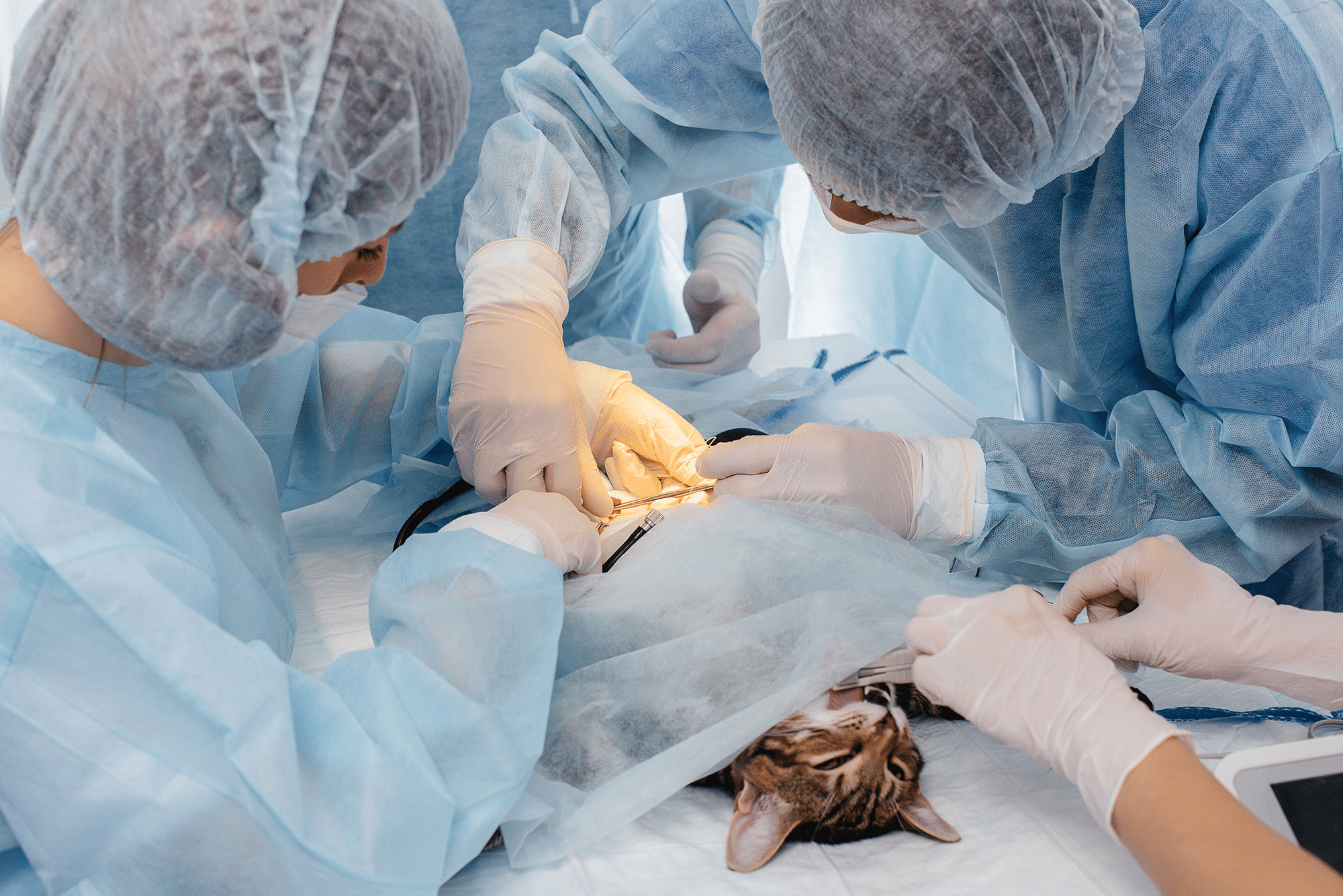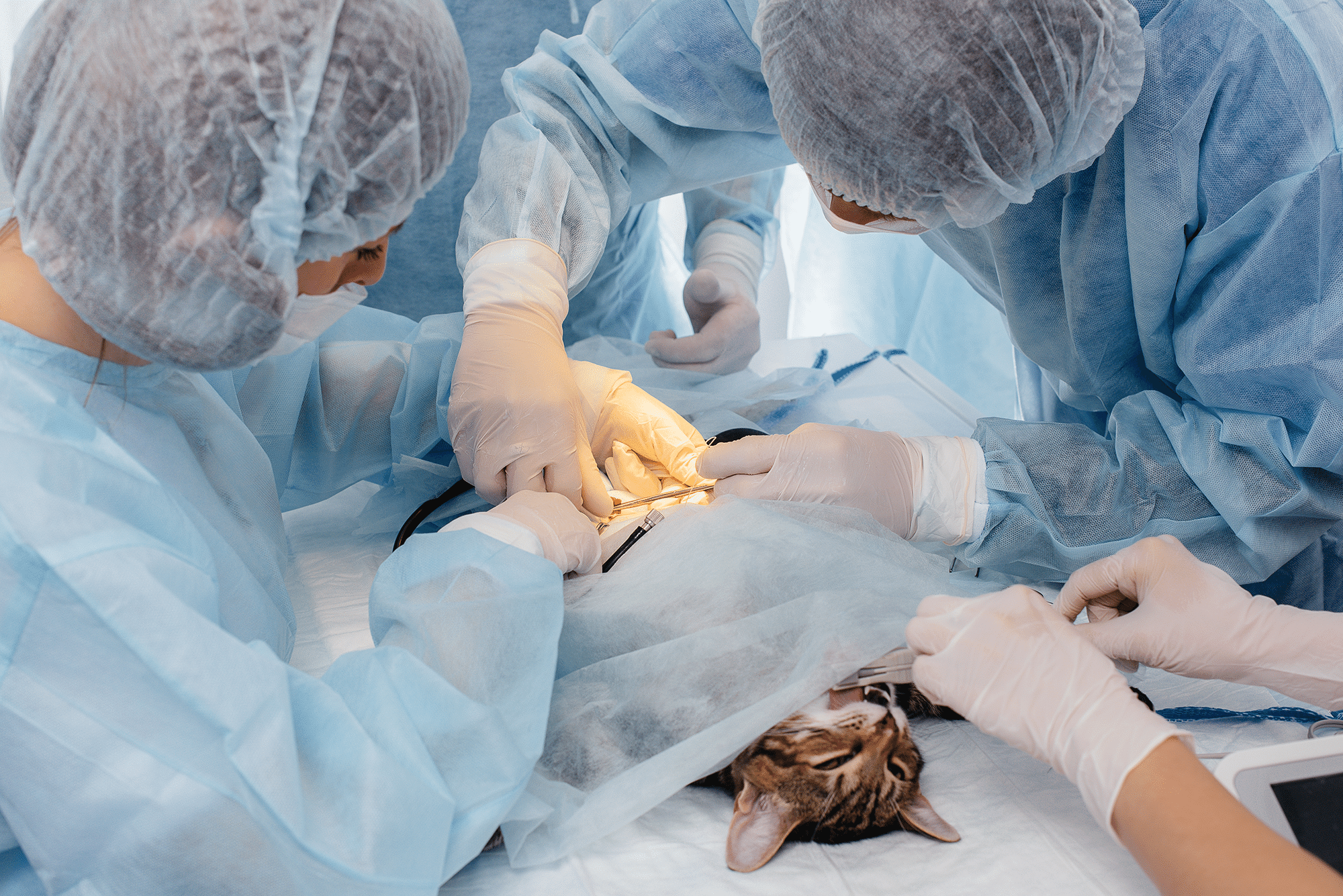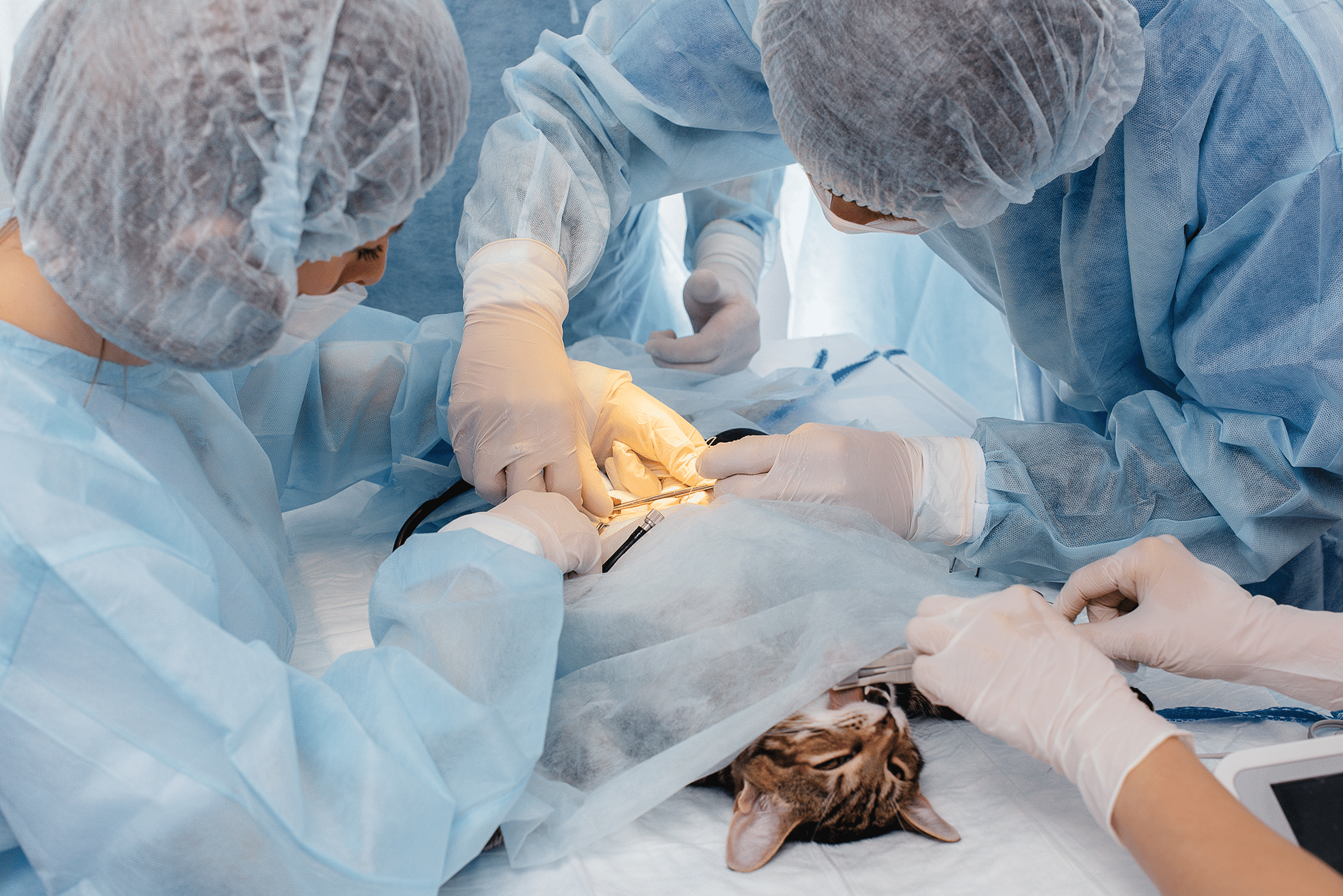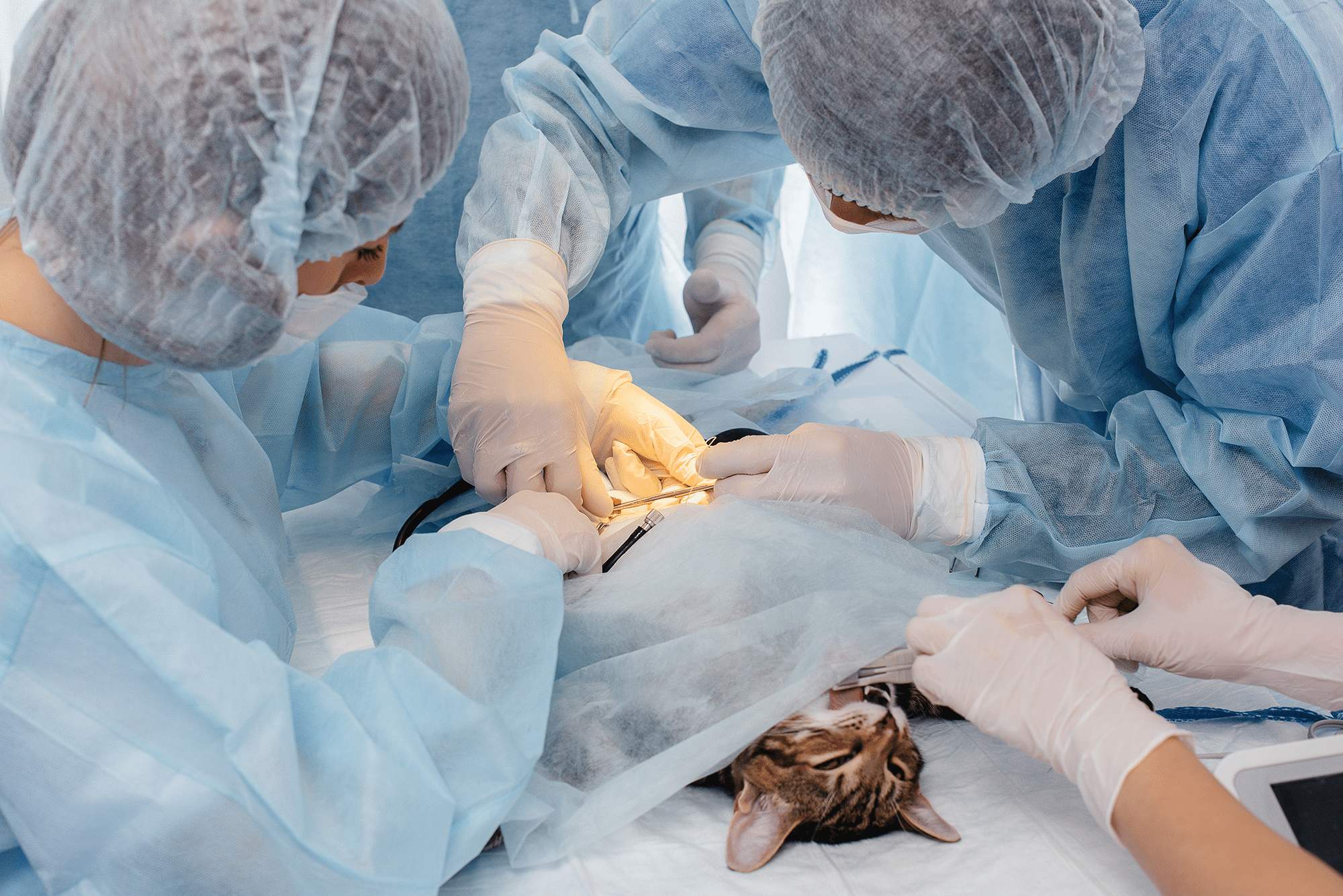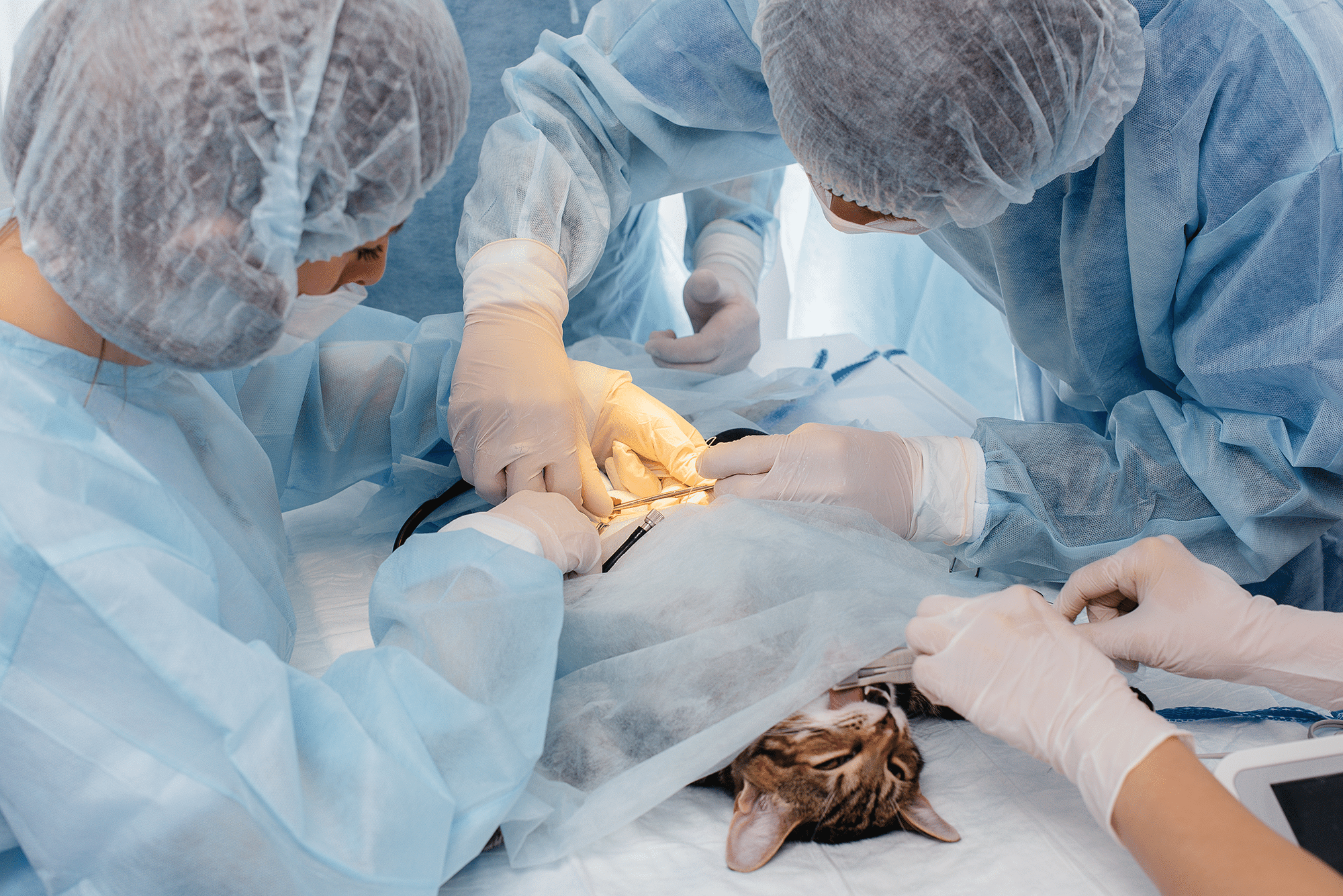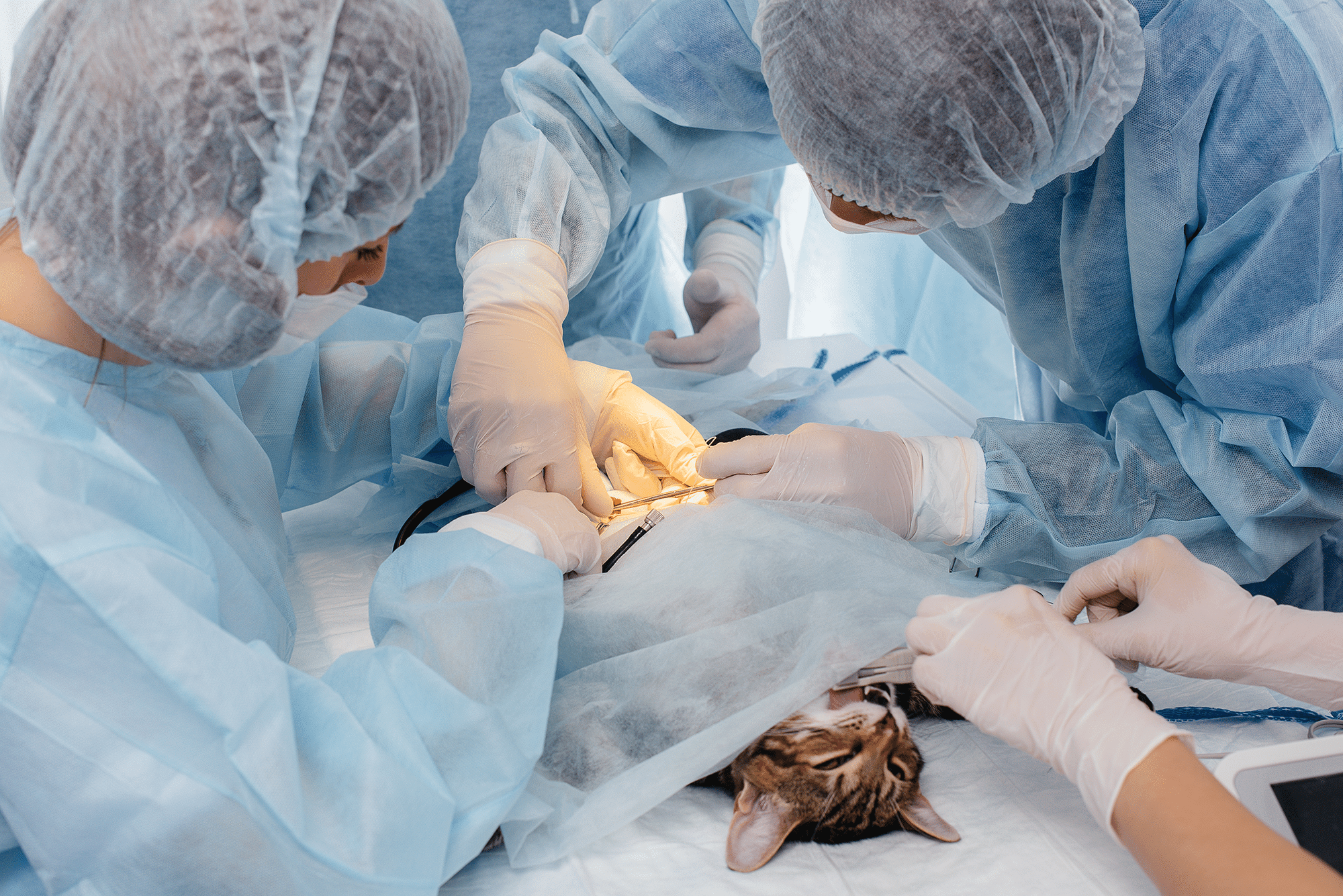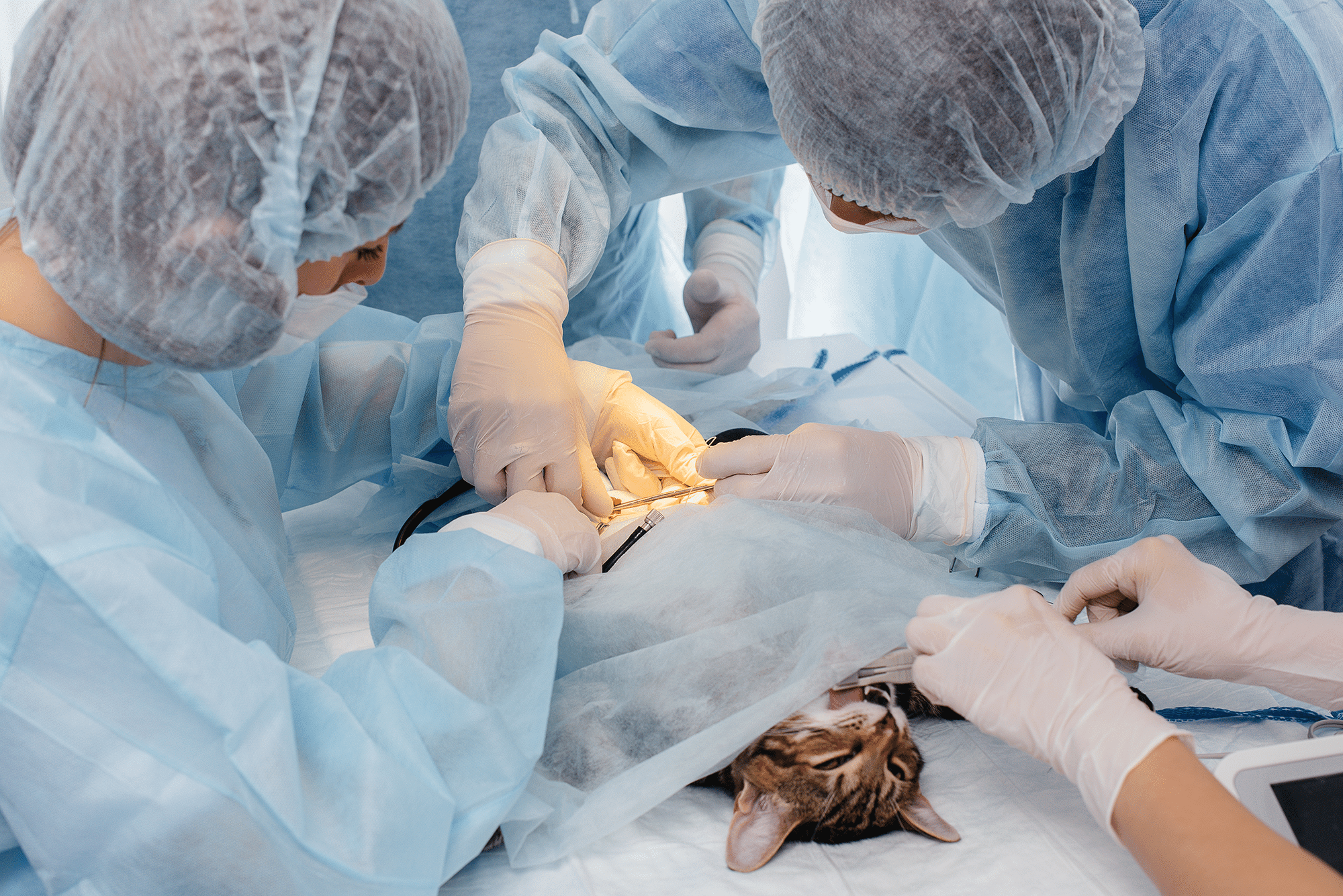Veterinary practices face unique risks when handling, storing, and administering controlled drugs. From Schedule 2 opi…
Veterinary Orthopedic Surgery Insurance: Specialized Coverage for Advanced Animal Care
Veterinary orthopedic surgery represents one of the most specialized and high-risk areas of veterinary medicine. As pet ownership continues to grow and animal healthcare becomes increasingly sophisticated, veterinary practices offering orthopedic surgical services face unique insurance challenges that require specialized coverage solutions.
Understanding Veterinary Orthopedic Surgery Risks
Orthopedic surgery in veterinary medicine involves complex procedures on bones, joints, ligaments, and related structures. These procedures carry inherent risks that extend far beyond standard veterinary practice coverage:
Surgical Complications and Liability
Orthopedic procedures such as cruciate ligament repairs, hip replacements, fracture repairs, and spinal surgeries involve significant technical complexity. Post-surgical complications including infection, implant failure, or inadequate healing can result in substantial professional indemnity claims. Pet owners investing thousands in advanced orthopedic procedures have high expectations for successful outcomes.
Equipment and Technology Risks
Modern veterinary orthopedic surgery relies heavily on specialized equipment including digital radiography systems, arthroscopic equipment, bone plating systems, and advanced surgical instruments. Equipment failure during critical procedures can compromise patient outcomes and result in significant financial losses.
Anesthetic Complications
Orthopedic procedures often require extended anesthesia periods, particularly for complex reconstructive surgeries. Anesthetic complications in high-value patients can result in substantial claims, especially when dealing with purebred animals or competition animals with significant economic value.
Essential Coverage Components
Professional Indemnity Insurance
Comprehensive professional indemnity coverage specifically tailored for orthopedic veterinary practice is essential. This should include coverage for surgical errors, misdiagnosis of orthopedic conditions, inadequate post-operative care, and complications arising from implant procedures. Coverage limits should reflect the high-value nature of orthopedic cases and potential for significant economic losses.
Clinical Trial and Research Coverage
Many veterinary orthopedic practices participate in clinical trials for new implants, surgical techniques, or pharmaceutical products. Specialized coverage for research activities and clinical trials protects against unique liabilities associated with experimental procedures.
Product Liability Protection
Orthopedic surgery involves extensive use of implants, bone plates, screws, and other medical devices. Product liability coverage protects against claims arising from defective implants or surgical materials, including coverage for revision surgeries and associated complications.
Business Interruption Considerations
Orthopedic practices often schedule surgeries weeks or months in advance. Equipment failure, facility damage, or other business interruptions can result in significant lost revenue from cancelled procedures. Business interruption coverage should account for the high-value nature of orthopedic procedures and extended booking schedules.
Cyber Security and Data Protection
Modern veterinary orthopedic practices maintain extensive digital records including pre-operative imaging, surgical planning software data, and post-operative monitoring records. Cyber insurance protects against data breaches involving sensitive patient information and ensures compliance with veterinary data protection requirements.
Specialized Risk Management
Surgical Documentation Standards
Comprehensive documentation of pre-operative assessments, surgical procedures, and post-operative care is essential for risk management. This includes detailed photographic documentation of procedures and thorough informed consent processes that clearly communicate surgical risks and expected outcomes.
Continuing Education Requirements
Orthopedic surgery techniques and technologies evolve rapidly. Insurance providers often require evidence of continuing professional development in orthopedic surgery techniques, new implant technologies, and risk management practices.
Equipment Maintenance Protocols
Regular maintenance and calibration of orthopedic surgical equipment is crucial for both patient safety and insurance compliance. Documented maintenance schedules and equipment validation procedures help demonstrate due diligence in risk management.
Client Communication Standards
Clear communication about surgical procedures, expected outcomes, potential complications, and post-operative care requirements is essential for managing client expectations and reducing liability exposure. This includes detailed written estimates and treatment plans.
Financial Considerations
Coverage Limits and Deductibles
Orthopedic surgery claims can involve substantial amounts, particularly when dealing with valuable breeding animals or competition animals. Coverage limits should reflect the potential for high-value claims, while deductible levels should balance premium costs with acceptable risk retention.
Premium Factors
Insurance premiums for veterinary orthopedic surgery coverage are influenced by factors including the practice's claims history, the complexity of procedures performed, surgeon qualifications and experience, equipment quality and maintenance standards, and the practice's risk management protocols.
Claims Management Process
Understanding the claims process for orthopedic surgery complications is crucial. This includes immediate notification requirements, documentation standards, and coordination with specialist veterinary defense solicitors experienced in complex surgical cases.
Regulatory Compliance
Veterinary Medicines Regulations
Orthopedic practices must comply with regulations governing the use and storage of controlled substances used in surgical procedures. Insurance coverage should address potential regulatory violations and associated penalties.
Health and Safety Requirements
Orthopedic surgery involves unique health and safety considerations including radiation safety for imaging equipment, handling of surgical implants, and management of surgical waste. Compliance with health and safety regulations is essential for maintaining insurance coverage.
Professional Registration Requirements
Veterinary surgeons performing orthopedic procedures must maintain appropriate professional registration and may require additional qualifications or certifications. Insurance providers typically require evidence of current professional standing and relevant qualifications.
Choosing the Right Insurance Provider
Veterinary Specialization Experience
Select insurance providers with specific experience in veterinary orthopedic surgery risks. Providers familiar with the unique challenges of orthopedic practice can offer more appropriate coverage terms and more effective claims management.
Policy Flexibility
Orthopedic practices may need to adjust coverage as they expand services, acquire new equipment, or modify their case mix. Look for providers offering flexible policy terms that can adapt to changing practice needs.
Risk Management Support
Leading insurance providers offer risk management resources specifically designed for veterinary orthopedic practices. This may include access to specialist veterinary risk management consultants, continuing education resources, and best practice guidance.
Claims Support Services
Orthopedic surgery claims can be technically complex and emotionally challenging. Choose providers offering comprehensive claims support including access to specialist veterinary defense solicitors and expert witness services.
Future Considerations
Emerging Technologies
Veterinary orthopedic surgery continues to evolve with new technologies including 3D printing of custom implants, robotic surgical systems, and advanced imaging techniques. Insurance coverage should be flexible enough to accommodate new technologies and associated risks.
Telemedicine and Remote Consultation
The growth of telemedicine in veterinary practice, including remote consultation for orthopedic cases, creates new liability exposures that may require specialized coverage considerations.
Conclusion
Veterinary orthopedic surgery insurance requires specialized coverage that addresses the unique risks associated with advanced surgical procedures, expensive equipment, and high client expectations. By working with experienced insurance providers and implementing comprehensive risk management strategies, veterinary orthopedic practices can protect themselves against the significant financial exposures associated with this specialized field of veterinary medicine.
The investment in appropriate insurance coverage is essential for any veterinary practice offering orthopedic surgical services, providing both financial protection and peace of mind that allows veterinary professionals to focus on delivering the highest standards of patient care.


 0330 127 2333
0330 127 2333
